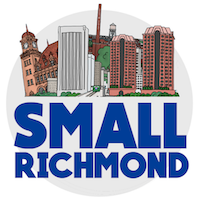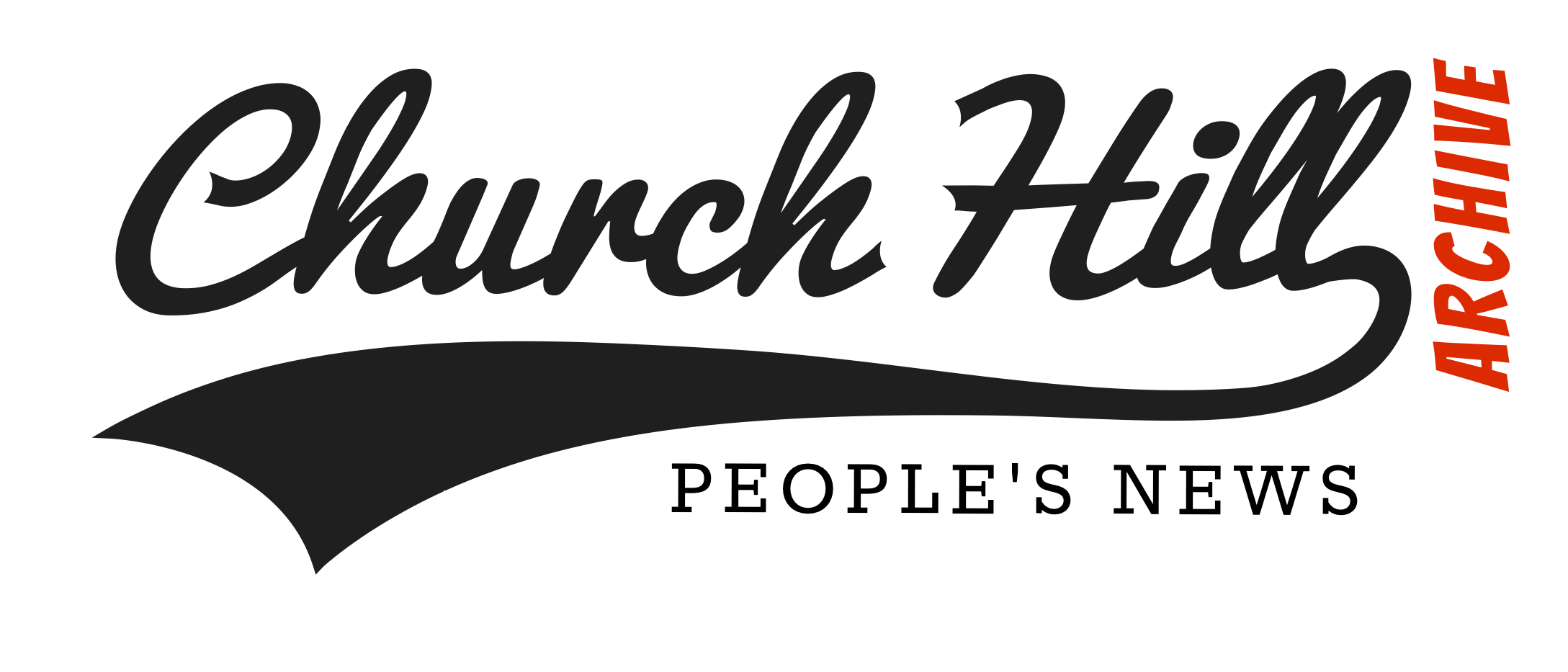RECENT COMMENTS
Task force seeking to expand Old & Historic districts north of Broad Street
The Historic Overlay Task Force has been formed to implement the expansion of the St.John’s and Chimborazo Old & Historic Districts to boundaries north of Broad Street.
The text and image below comes from this notice (.pdf). In addition to the public notice, we also have a Commission of Architectural Review (CAR) brochure (.pdf) and copy of the CAR procedures (.pdf). Thanks to Laura Daab for the info and documents!

proposed Church Hill North Old & Historic boundaries
In November 2005, a group of about a dozen Church Hill neighbors, both north &
south of Broad Street, met for the first time to form a task force to implement the expansion of a
city designated Old & Historic District overlay.
Renewed interest in this initiative (which was attempted almost 20 years ago), came from
concerns that becoming the “neighborhood du jour” brings out the real estate speculators in
droves – all of them hoping to cash in on the latest boom at the expense of losing the historic
fabric of a community. Speculators are building and renovating at a frenzied pace without regard
for appropriate in-fill, building materials used, or the historic context of existing structures.
The causes of the present debacle can be traced back to years of neglect. Some specific
factors are: The city’s inability or unwillingness to enforce building codes on delinquent properties. The “slash and burn” that took place into the mid-1990’s that left a huge number of vacant lots. Slumlords (most living in the suburbs) who have been exploiting the poor and disenfranchised for years.
Never has there been a more urgent time to push for an expansion of the city designated
historic district that encompasses unprotected areas north of Broad Street. North of Broad
residents deserve the same benefits and protection that south of Broad residents have enjoyed for
so many years.
Without some kind of historic protection in place, our neighborhood will suffer greatly.
Many single-family and R-53 properties (multi-family residential) will be built or restored without consideration for density, design, materials, or proper parking. We will have little or no say
over anything a developer wants to do.
We are not proposing a draconian plan that would police every property owner, and drive
out poor, old, or black people as some would like to suggest. On the contrary. We need to keep
the fabric of our neighborhood intact with a plan that can work for all its different inhabitants,
and prevent unscrupulous development by outsiders.
The task force, with the help of Saul Gleiser, a planner with the Housing and Neighborhood Preservation division of the Department of Community Development, has determined the
boundaries that are most likely to ensure the project’s success. The boundaries have been divided into 2 phases with the possibility of both areas to be designated simultaneously.
Phase 1 is the proposed area for expansion of the St. John’s Old & Historic District which
includes N.21st Street to the alley east of N. 29th Street bounded by Jefferson/M. Street (with a
short jog to Cedar Street on N. 26 & N. 27th Streets) to E. Broad/ Marshall Streets. Phase 2 is
the proposed area for expansion of the Chimborazo Old & Historic District which includes the
alley west of N.30th Street to N.36th Street bounded by E. Broad/Marshall Streets to M
Street.
Frequently Asked Questions
- I’ve heard that having a historic district will increase my taxes. Is that true?
No. Property taxes will not go up as a result of becoming a historic district . Currently, our area is being taxed at the same rate that St. John’s & Chimborazo Old and Historic Districts are being taxed. - Will I have to spend a lot of money fixing up or changing my property to fit with the historic district guidelines?
No. No one has to make changes to their properties when the area goes historic. Current paint colors and structures are considered “grandfathered,” meaning that what existed before the historic district designation can remain the same. Only when you decide to change the color or structure of your home do you need to get approval from the Commission of Architectural Review, who oversees enforcement of historic guidelines. - Why is a historic district so important?
As stated previously, historic districts keep developers in check which is good for current inhabitants and keeps the character/fabric of the neighborhood intact. The majority of neighbors in a proposed area must agree to the designation for its success. - How do I find out more about historic districts?
Check out the Commission of Architectural Review (CAR) brochure (.pdf) and the CAR procedures (.pdf) for more information. - How can I get involved and support this initiative?
Easy! There’s already over a dozen neighbors involved now. We have met twice, and will meet again in the near future. If you live within the boundaries (phase 1 or 2) shown above, or you already live in a historic district in Church Hill and want to help out, contact the following people:PHASE 1 CONTACT
(Expansion of the St. John’s Old and Historic District)
Laura Daab
649-1913 info@mysterydinner.comPHASE 2 CONTACT
(Expansion of the Cimborazo Old and Historic District)
Jason Creech
726-9956 jcreecher@comcast.netCITY CONTACT
Saul Gleiser
Planner, Department of Community Development
646-6313 gleisers@ci.richmond.va.us






We are in district 2. Does anyone know a timeframe for this to go into effect?
I guess I should get my home changes done before this happens so I don’t have to get permission.
This is great. Any interest among Union Hill folks to get this ball rolling for the area across Jefferson???
To answer Daniel’s question: It’s not a done deal, or anywhere near. If this does happen, it could take a year or two depending on whether or not we can be an expansion of the current O & H districts, or if we have to start from scratch. It would go much faster if we go the expansion route.
But, before everyone starts wanting to form a task force for their area, remember that there are many hurdles, if not caveats, involved.
1. First and foremost, a district overlay will not happen unless the majority of property owners in a proposed district agree to the designation. Sounds easy enough, but not so. Think about all the absentee landlords and old residents that have pre-conceived notions about gentrification. These designations are not gentrification per se, but many will see this as an attempt to “muscle out” certain property owners. Which, of course, is not true, nor is it our task force’s intent.
Groups attempting these designations need to be very well-informed & open with their neighbors about the process.
Secondly, your district councilperson must endorse the designation. We have not sought Delores’ approval yet. We will do so after we determine if the majority of the property owners want the disticts.
Thirdly, it must pass City Council and the Planning Commission and the Commission of Architectural Review. Through these processes, loads of paperwork have to be filed and approved.
Springhill’s designation took two years.
union hill newcomer: this is a late reply to your question, but i would be interested in looking into this in our neighborhood and have other friends in union hill that would probably like to know more as well. maybe Laura can suggest a direction to start in?
kristin,
The newly rejuvenated Union Hill Civic Association has this in their agenda. You should stop by their next meeting (and bring your friends!) and see what y’all can do as a group. I’ve heard that there is a Union Hill meet&greet planned for the 2nd half of March, keep an eye here for more specifics later.